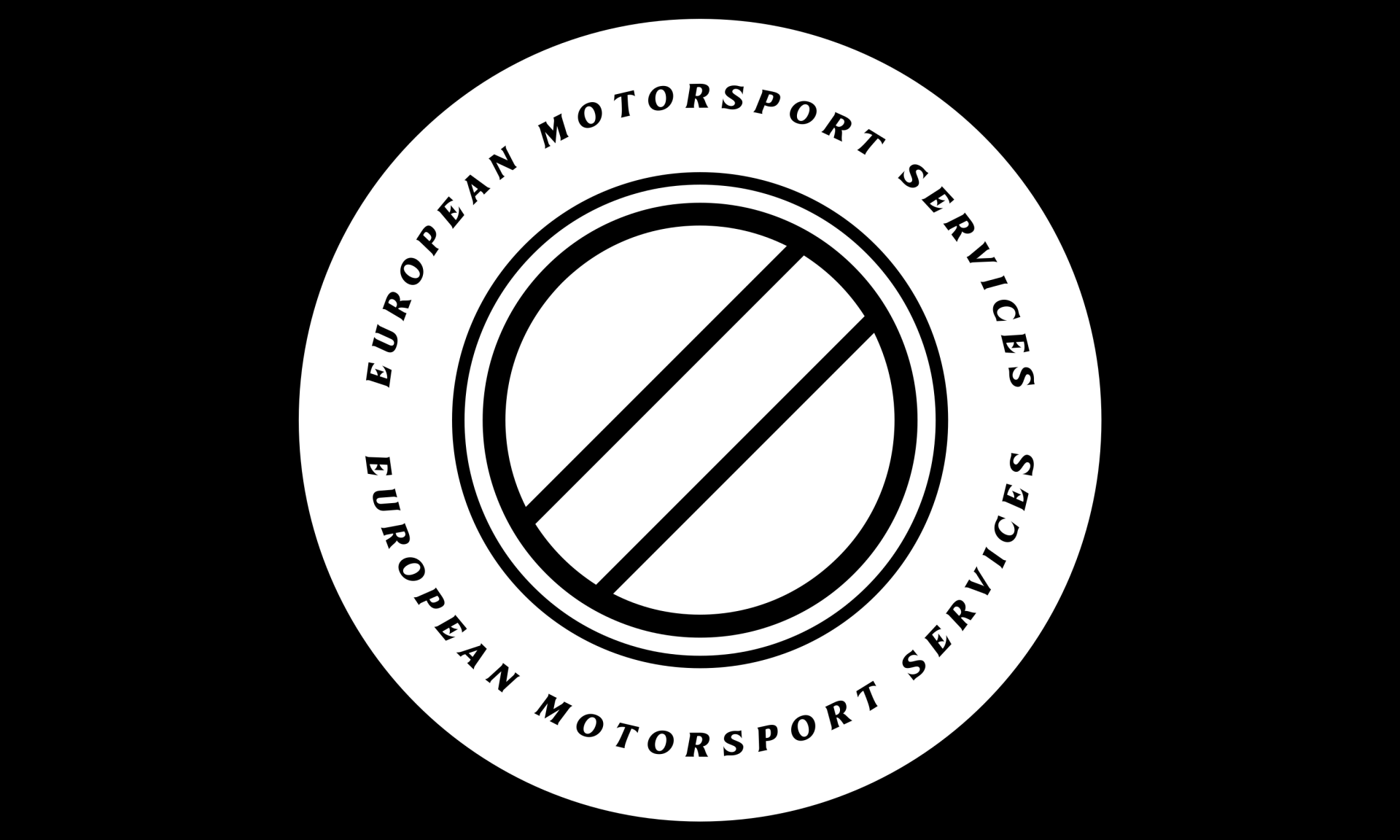What is remapping?
Your Engine ECU, or Electronic Control Unit’s stores information called ‘maps’ that have the basic operating instructions for a range of engine components. By altering these maps you can change the way fuel is injected by changing the point at which it is injected and quantity as well as changing the turbo boost pressure to suit this change in fuel delivery. This can be used to improve performance, response and fuel economy.
Why don't manufactures do this already?
Manufactures need to calibrate engines to operate in a very wide range of conditions (eg. poor servicing, poor fuel condition) and they may also use different tunes for different models rather than changing the whole engine to reduce costs for different models (eg BMW B48 engine has different tunes from 115kw to 225kw/250NM-450NM depending on the vehicle it's fitted to). Remapping makes use of some of the untapped power available in your engine.
So does that mean I can make my low power spec model to match a higher spec model?
Not quite, manufactures do make some physical changes to engines for different levels of tune such as different turbochargers, camshafts and compression ratios. Remapping will allow you to achieve more of the power available for your particular vehicle safely.
What is the difference between chip tuning and remapping?
Chip tuning is a method used in older vehicles where the physical chip that held the maps was replaced with another chip with revised maps. Remapping is electronically altering the information that is already stored on your existing ECU as the physical memory chip is no longer removable.
What is the difference between custom tuning and "OTS" tuning?
"OTS" or "Off The Shelf" tuning is a tuning map that has been preconfigured for a particular engine rather than individually modified for your individual vehicle. OTS tuning is best suited to vehicle with no modifications or common modifications (eg Intercooler, Downpipe, Intercooler piping) but isn't suited for more involved modifications such as camshaft changes, turbo upgrades, internal engine modification, etc. OTS maps are are better option for most drivers as the improve performance is a cost effective manor whilst still leaving enough "headroom" for changes in fuel quality, engine wear and high ambient temperatures.
What about tuning modules for diesels?
Tuning Modules connect between various sensors on the engine and the ECU to intercept and alter the information being sent to the ECU. This incorrect information is used to change the way the ECU controls the fuel injectors to "trick" the ECU into injecting a larger amount of fuel to increase power. These were effective in early common rail diesels however in later diesels that have more sophisticated ECU's and better monitoring of engine operating conditions. The older style tuning modules may cause poor operation of other systems that rely on the information that the tuning module is now altering such as EGR systems, DPF Systems, Turbocharger boost control, Adblue systems, Automatic transmissions and Exhaust temperature monitoring systems. Remapping allows the changes in fueling to be correctly monitored and altered under all operating conditions and work with these related systems and retain the factory engine protection strategies.
How does tuning affect the longevity of my engine?
The power of an engine doesn’t determine its longevity, the way in which it is driven and maintained does. Most engines these days are modular and therefore one engine can provide various power outputs from factory varied only by the software in the ECU. The use of modular engines highlights very clearly the large tolerances available within modern engines.
How does remapping affect my vehicles fuel consumption?
Remapping with usually result in a small reduction in fuel consumption. The amount will vary depending on operating conditions however most achieve around 5-10% reduction in fuel consumption. This is due to the optimisation of the engine operating maps on either petrol or diesel engines which allows for the same power to be developed using a smaller fuel quantity and more power to be developed at a lower rev range which allows earlier upshifting which reduces engine speed and frictional losses. If you're not making use of the additional power available then you'll have the benefits of the reduced fuel consumption. If you drive in a more spirited manner and make regular use of the additional power available then you may not notice any reduction in fuel consumption due to your changed driving style.
